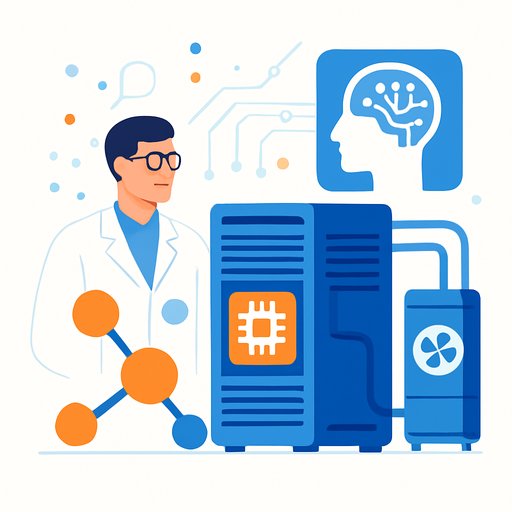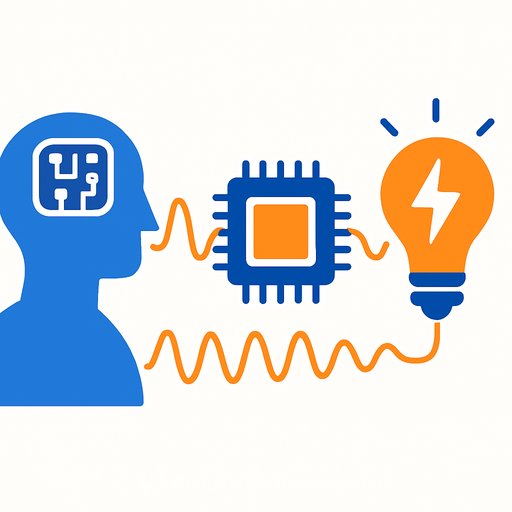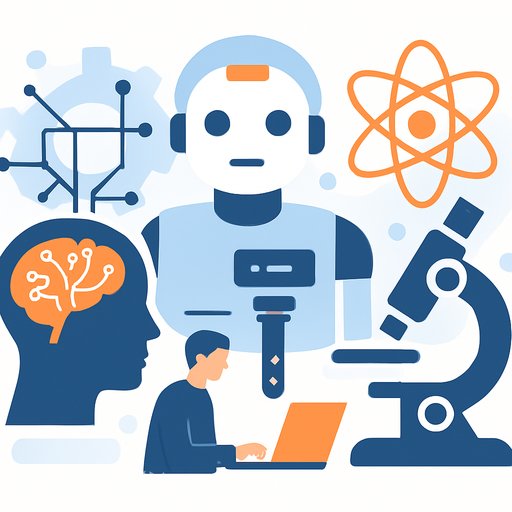Genesis Mission: What U.S. Researchers Should Expect From the New National AI Push
The White House has launched the "Genesis Mission," an executive order that puts artificial intelligence at the center of U.S. scientific competitiveness. Framed as the most ambitious science program since the Manhattan Project, the initiative is built to close the gap between discovery and deployment.
The direction is clear: accelerate breakthroughs, limit red tape, and keep pace with China. That includes exploring federal mechanisms to prevent conflicting state-level AI rules and tying compliance to funding streams.
What the Order Sets in Motion
The Department of Energy (DOE) will build an integrated national AI platform that connects supercomputers, federal research datasets, and scientific facilities. The mandate is to create a fast track for progress in fusion, quantum, semiconductors, and biotech.
At the core is the American Science and Security Platform - a secure environment for high-performance computing, AI modeling tools, and large federal datasets. The aim is to develop scientific foundation models that automate complex research tasks and close the loop between simulation, experiment, and analysis.
- DOE must publish a list of 20 national scientific priorities within 60 days.
- Within nine months, the platform must show an operational win by tackling at least one major challenge from that list.
Strategic Domains in Focus
- Semiconductors and advanced manufacturing
- Critical materials and supply chains
- Biotechnology and biosecurity
- Nuclear energy and fusion research
- Quantum information science and systems
The order also calls for deep partnerships across industry, academia, and national labs, backed by strict cybersecurity to protect sensitive work.
What This Means for Your Lab
If you run programs in any of the targeted areas, expect new cross-lab projects, shared compute allocations, and coordinated data access. Proposals that blend AI with domain expertise - and show clear routes to measurable outcomes - will likely move first.
Security will not be an afterthought. Plan for stronger identity controls, data segmentation, export-control checks, and model governance from day one.
How to Prepare Now
- Map your work to likely priority areas and quantify potential impact (time saved, throughput gains, cost reduction, reliability).
- Get your data house in order: schemas, provenance, consent/IRB where needed, and data use agreements that support multi-institution access.
- Stand up AI governance basics: model cards, evaluation protocols, red-teaming for misuse, and monitoring for drift.
- Inventory compute needs (GPU/TPU/CPU, memory, interconnect) and define scale-up paths for training and inference.
- Identify IP arrangements early with tech transfer and legal; expect joint development with labs or industry.
- Build a shortlist of partners (labs, universities, vendors) with complementary assets and clear roles.
Access and Collaboration
Watch for DOE calls tied to the platform's first operational demo and the 20-priority list. Teams with ready-to-run datasets, reproducible baselines, and compliance cleared in advance will move faster.
For a sense of DOE's AI posture and programs, start here: DOE Artificial Intelligence.
Risks and Unknowns to Track
- Regulatory preemption: federal-state conflicts on AI policy could affect funding and compliance.
- Data sensitivity: cross-institution sharing will raise privacy, biosecurity, and export-control questions.
- Compute allocation: demand may exceed supply; have a plan for phased experiments and efficient training runs.
Bottom Line
The Genesis Mission is a clear signal: AI is now core infrastructure for U.S. science. If your team can convert data and domain expertise into measurable scientific output with AI, this is your window.
If you're upskilling researchers on practical AI for lab and data work, see curated options by role: Complete AI Training - Courses by Job.
Your membership also unlocks:





